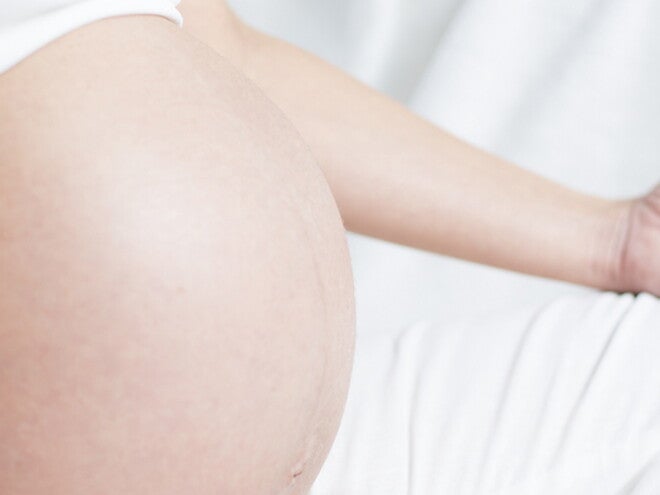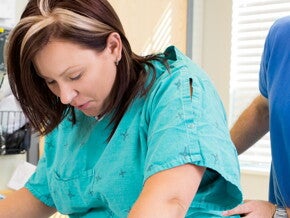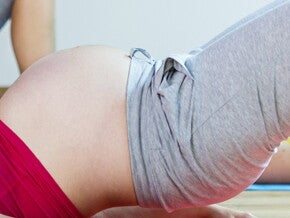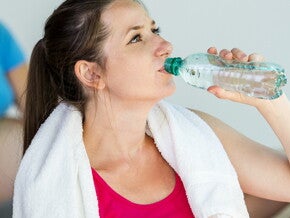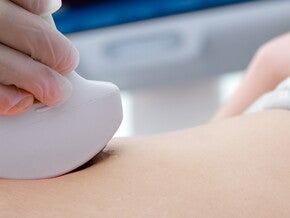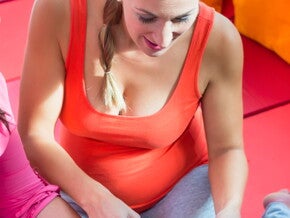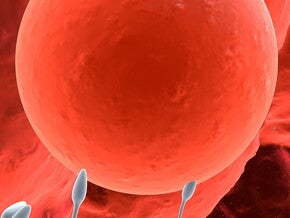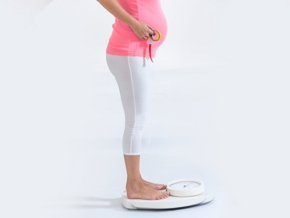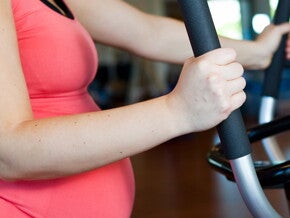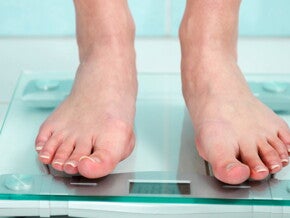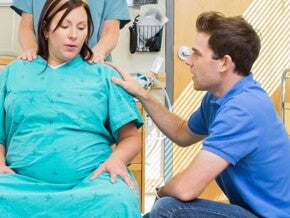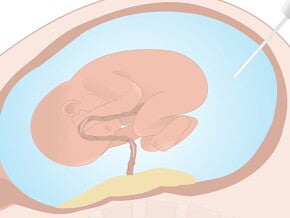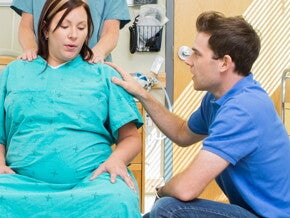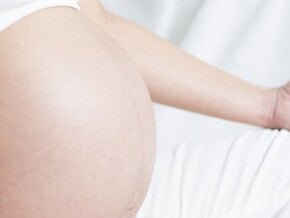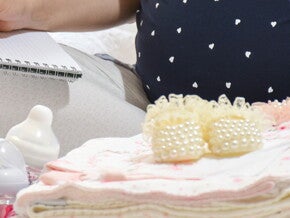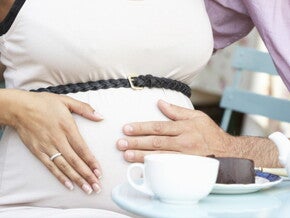Frame of mind
You must be positive and accept your situation in order to relax. One of the most difficult aspects of relaxation is controlling the effect your mind has on your body. Avoid negative thoughts and images, which block relaxation. Positive, peaceful, happy thoughts and images can significantly decrease body tension and are powerful relaxation tools.
Body awareness
Body awareness is a requirement for learning to relax. You need to recognise this and let go of tension. Muscle tensing and relaxing exercises enable you to feel the difference between soft, relaxed muscles and hard tense muscles.
It is useful to practice with your partner so that he, too, can recognise your tension and help you relax appropriately.
Breathing awareness
Under stress, your tension increases, as does your rate of breathing. When relaxed, your breathing slows down as you release muscle and mental tension.
Body comfort
Comfortable body positions are essential when trying to relax. Begin practising relaxation by lying on either side or semi-sitting, using pillows or a ball to fully support your body.
- Keep all joints flexed, as this relieves tension.
- Once you have mastered relaxing in these positions, practice in different positions.
During a normal labour it seems instinctive for a woman to want to move around, changing position from time to time. Your position should be determined by what is most comfortable for you. No matter what position you use, try to remain as relaxed as possible to conserve as much energy as you can.
| Positions for the first stage of labour |
| Positions | Advantages | Disadvantages | - Walking.
- Standing, supported by partner.
- Leaning forward onto a bed or wall.
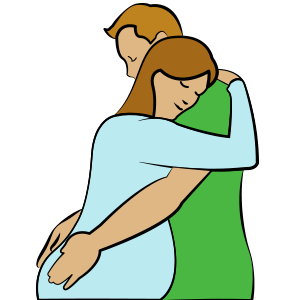
| - Gravity may assist with
descent of baby into
pelvis, and dilation of
cervix. - Contractions more
efficient. - May speed up labour.
- Leaning forward relieves
backache.
| - Standing may
prove tiring.
| - Sitting upright.
- Semi-sitting.
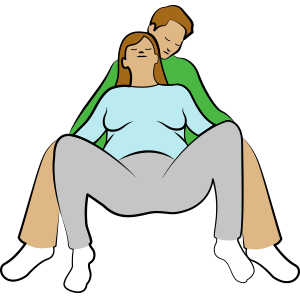
| - Same gravity advantages as above.
- Good resting position.
- Less inhibiting.
- Easier for listening to or monitoring the baby’s heartbeat.
| - Can increase
backache - Can slow down
progress of labour
if used for extended
periods..
| 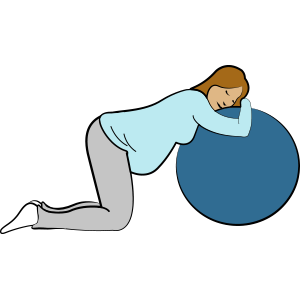
| - Relieves backache.
- Good for back massage.
- Takes pressure off uterus and major blood vessels, and reduces possibility of drop in blood pressure.
- May help turn baby if in a posterior position.
| - Uncomfortable for
hands and knees
if used for extended
periods.
| - Leaning forward on cushions using a chair.
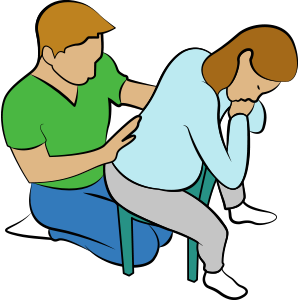
| - Good resting position.
- Relieves backache.
- Good for back massage.
| | 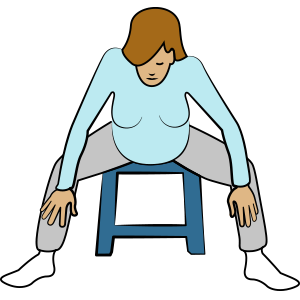
| - Good resting position.
- Relieves backache.
- Gravity advantages.
- Good for back massage.
- Can increase diameter of the pelvis.
| | - Squatting.
- Supported squatting.
- Semi-squatting.
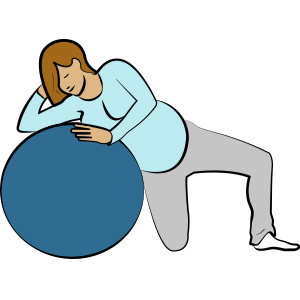
| - Gravity advantages.
- May assist dilation of cervix.
- Relieves backache.
- Can increase diameter of the pelvis.
| | 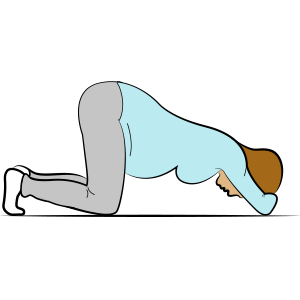
| - Used in transition to overcome premature urge to push.
- Helps turn baby if in posterior position
- Relieves backache.
| |
|
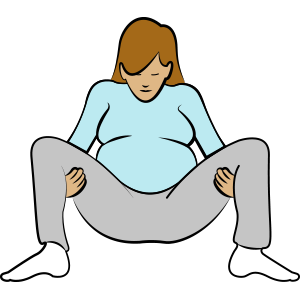 | Semi-sitting
The most commonly used for second stage. - You must be well-supported with cushions behind your back, and comfortable as possible, at about a 45° angle.
- You will be assisted to lift your legs or, alternatively, they will be raised in stirrups.
- It is important to relax your feet and especially your inner thighs. This helps you to relax the pelvic floor.
Tension in the thighs and pelvic floor increases the pain.
Alternative positions - Squatting.
- All fours.
- Side-lying.
- Discuss the options for second stage positions with your caregiver.
|
